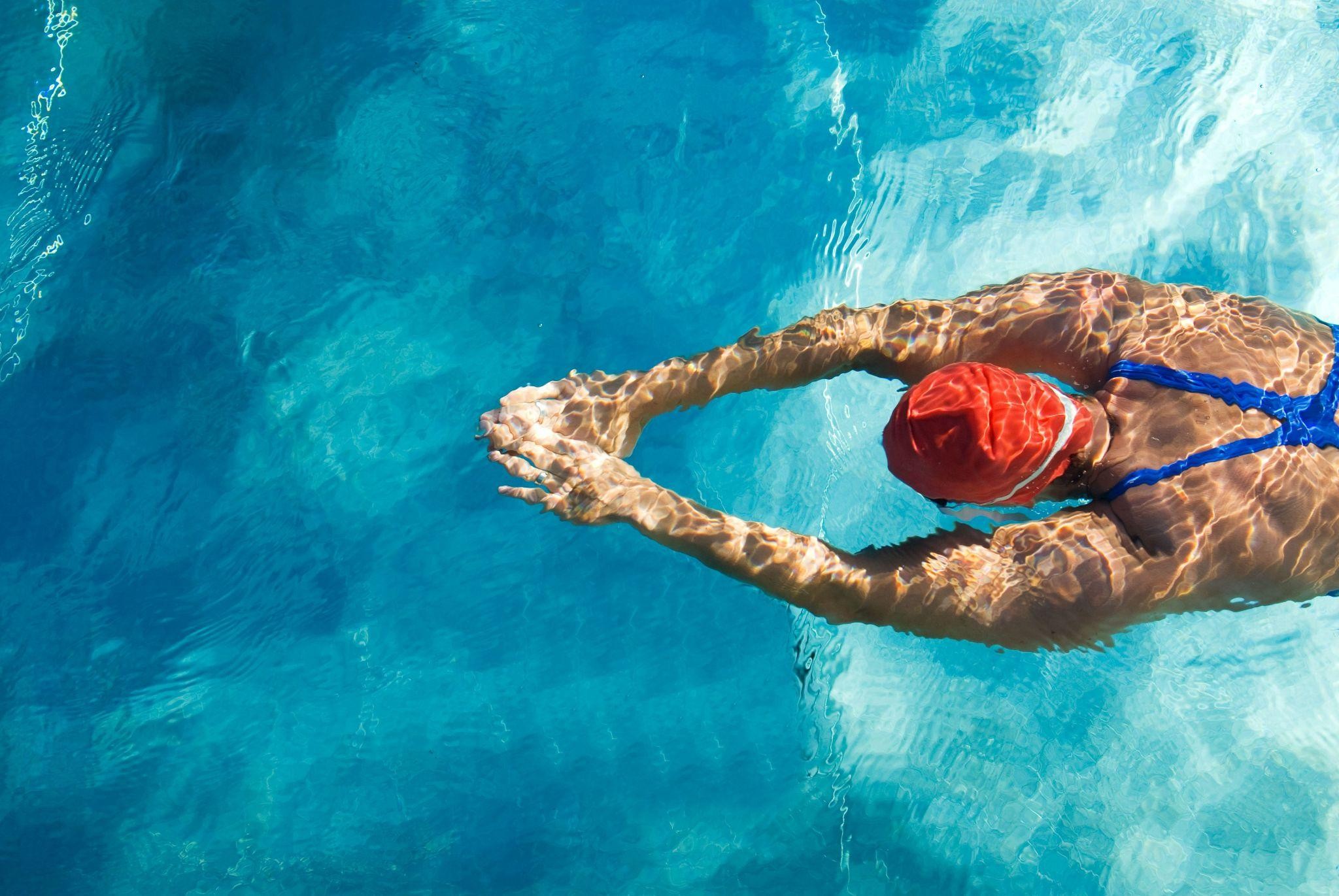
Summer is such an exciting time of year, largely because of all of the sports and outdoor activities everyone can engage in. In order to get the most benefit from your activities this season, take a look at the following tips for staying safe during summer sports.
Playing a round of golf is a somewhat unassuming sport when it comes to physical activity. Even though the speed isn’t as intense as, say, a round of tennis, you’re actually burning a significant amount of calories and walking a lot (the average 18-hole course is five to six miles long!).
Golf is also good for strength building and improving balancing as people get older. It’s important to prepare for your time on the course so that you can make the most of the benefits of the sport without risking injury.
range of motion. Stretching keeps your muscles elongated and flexible, and helps avoid muscle spasms, pulling a muscle, swelling, and pain/soreness.
throughout. The best protection is coverage, so find a comfortable, protective hat and clothing.
linger after a day or more. Graston Technique is a clinically proven method of addressing a number of conditions that could be causing you pain. Many people with active lifestyles find that regular sessions alleviates these issues.
Tennis can be a very high-intensity cardiovascular activity that exercises most of the
muscles in your body. Engaging in this type of exercise has many benefits for your body, including promoting a healthy heart rate and blood pressure, improving cardiovascular and metabolic health.
the gym and with a trainer or physical therapist can ensure that your body will be ready for the aerobic demands of tennis.
sustain chronic pain or injury. This includes cupping and G raston Technique
massage to get blood circulating to your joints and muscles, as well as healing any damaged tissue.
It’s widely known that swimming is a fantastic zero-impact cardiovascular exercise. It’s also one of the most popular summer activities. Swimming is effective at increasing your body’s heart rate, which promotes a healthier cardiovascular system, builds strength, and improves muscle flexibility, among other health benefits.
breathing well causes your muscles to contract and tense up, which can lead to a pulled muscle. It also causes fatigue.
reduce the risk of shoulder pain and swelling.
Any sport has a risk of injury, pain, and discomfort. No matter what activities you choose to do this summer, it’s most important to maintain a good level of fitness, stretch before and after every activity, and hydrate, hydrate, hydrate. Make sure that you’re protecting yourself from the sun, too.
If you do sustain an injury or experience chronic pain, consult a professional as soon as possible to make sure that it’s not serious (and it won’t become worse). You don’t have to live with pain and discomfort. Here’s to a happy, healthy, and safe summer of activities.